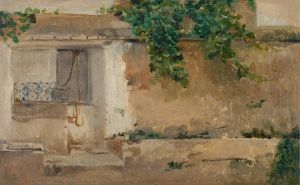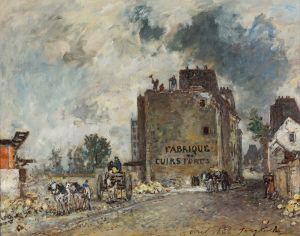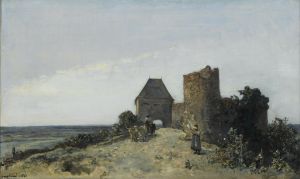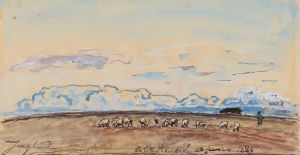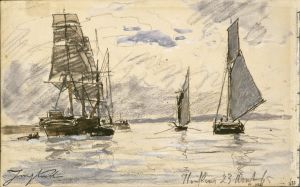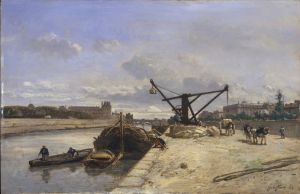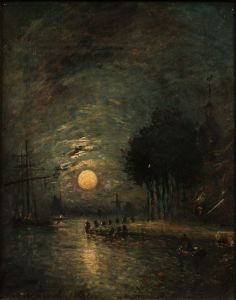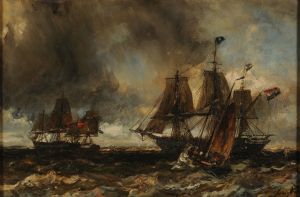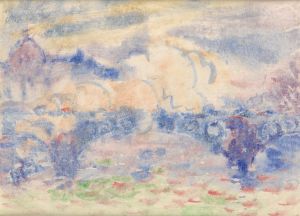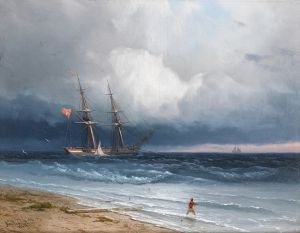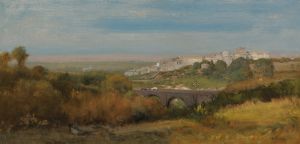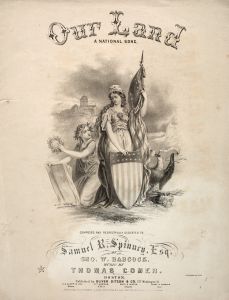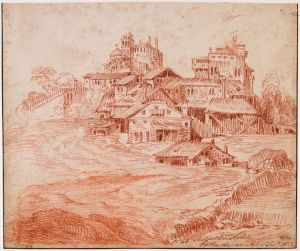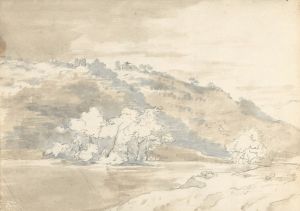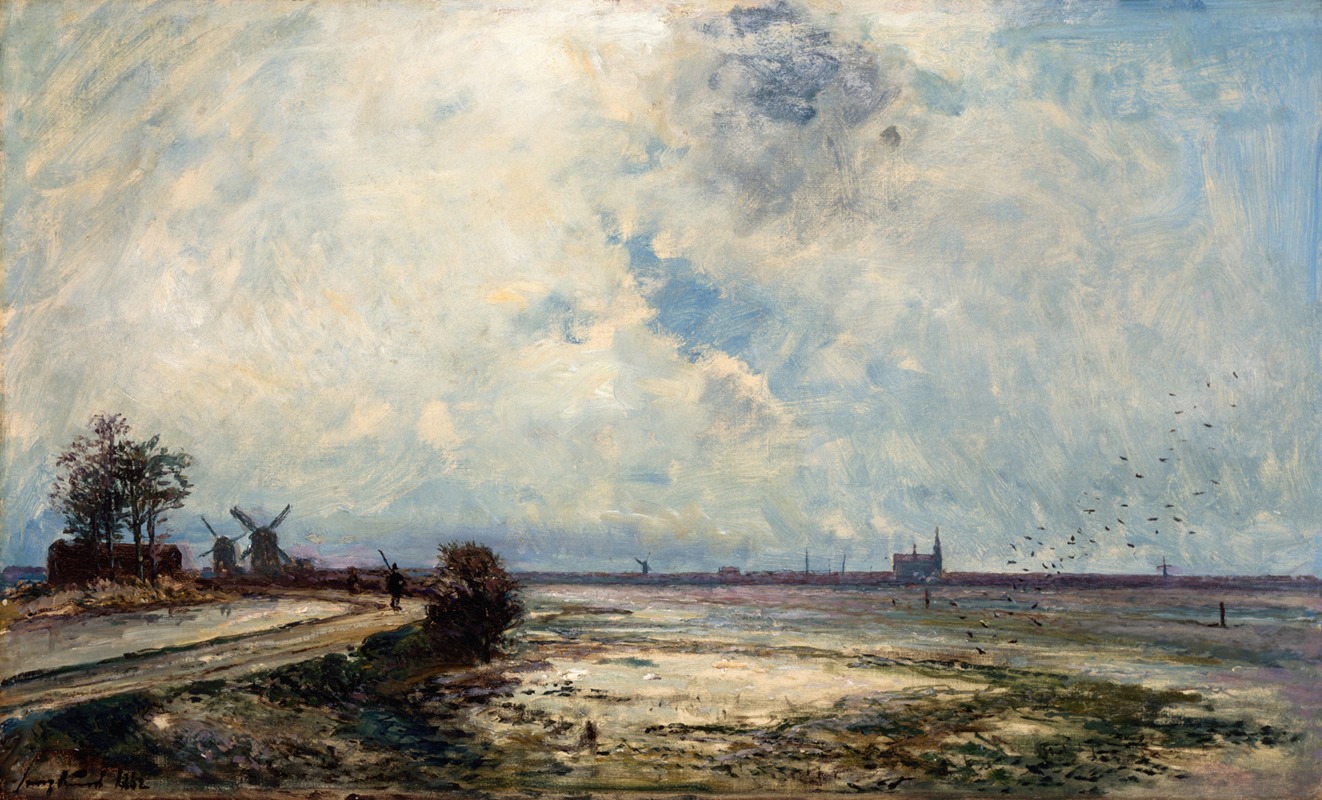
Dutch Landscape
A hand-painted replica of Johan Barthold Jongkind’s masterpiece Dutch Landscape, meticulously crafted by professional artists to capture the true essence of the original. Each piece is created with museum-quality canvas and rare mineral pigments, carefully painted by experienced artists with delicate brushstrokes and rich, layered colors to perfectly recreate the texture of the original artwork. Unlike machine-printed reproductions, this hand-painted version brings the painting to life, infused with the artist’s emotions and skill in every stroke. Whether for personal collection or home decoration, it instantly elevates the artistic atmosphere of any space.
Johan Barthold Jongkind was a Dutch painter known for his significant contributions to the development of Impressionism. Born on June 3, 1819, in the Netherlands, Jongkind is celebrated for his landscapes and marine scenes, which often depicted the serene beauty of the Dutch countryside and the vibrant life along the Seine in France. One of his notable works is "Dutch Landscape," which exemplifies his unique style and artistic vision.
"Dutch Landscape" is a painting that captures the quintessential elements of the Dutch countryside, a subject Jongkind frequently explored throughout his career. Although specific details about this particular painting are scarce, Jongkind's landscapes typically feature expansive skies, detailed depictions of water, and a keen attention to the effects of light and atmosphere. His ability to convey the changing moods of nature through his use of color and brushwork was highly influential in the transition from Realism to Impressionism.
Jongkind's technique involved painting en plein air, or outdoors, which allowed him to observe and capture the natural light and its effects on the landscape directly. This approach was somewhat revolutionary at the time and laid the groundwork for the Impressionist movement. His brushwork in "Dutch Landscape" would likely exhibit his characteristic loose and fluid style, which effectively conveyed the movement of clouds and the reflection of light on water surfaces.
Throughout his career, Jongkind maintained a strong connection to his Dutch roots, even though he spent much of his life in France. His Dutch landscapes often reflect a sense of nostalgia and admiration for his homeland, characterized by windmills, canals, and flat, open fields. These elements are often present in his works, providing a sense of place and cultural identity.
Jongkind's influence on Impressionism is well-documented, with artists like Claude Monet acknowledging his impact. Monet, in particular, admired Jongkind's ability to capture the transient effects of light and atmosphere, which became a central focus of the Impressionist movement. Jongkind's work, including "Dutch Landscape," is often seen as a bridge between the more structured compositions of the Barbizon School and the free, expressive techniques of the Impressionists.
In summary, "Dutch Landscape" by Johan Barthold Jongkind represents an important piece within the artist's oeuvre, showcasing his mastery of light, atmosphere, and his deep connection to the Dutch landscape. While specific details about this painting may be limited, Jongkind's broader body of work provides valuable insight into his artistic approach and his role in the evolution of modern art. His landscapes continue to be celebrated for their beauty and their pivotal influence on the Impressionist artists who followed in his footsteps.





